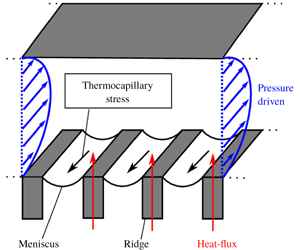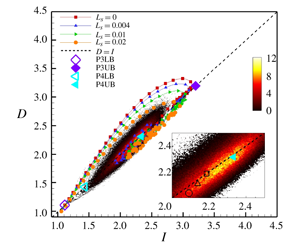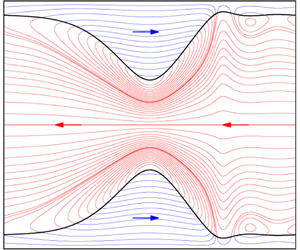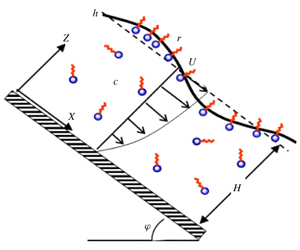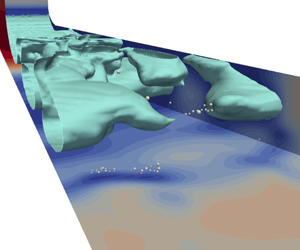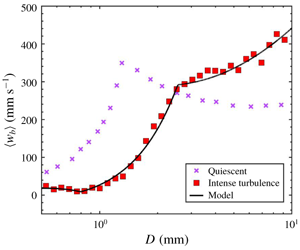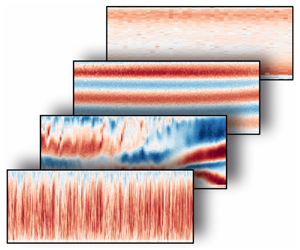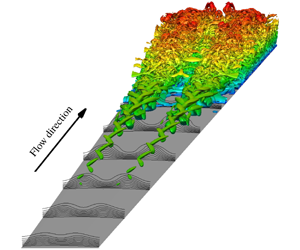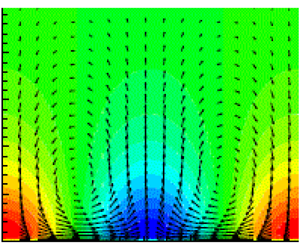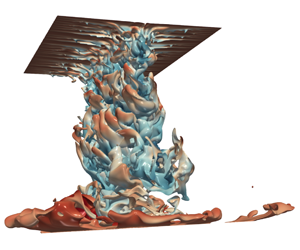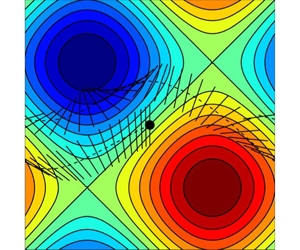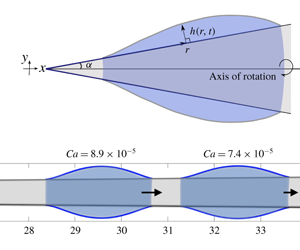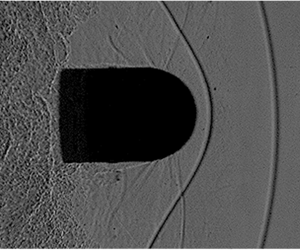Contents
JFM Papers
Thermocapillary stress and meniscus curvature effects on slip lengths in ridged microchannels
-
- Published online by Cambridge University Press:
- 04 May 2020, A15
-
- Article
- Export citation
Dynamics of laminar and transitional flows over slip surfaces: effects on the laminar–turbulent separatrix
-
- Published online by Cambridge University Press:
- 04 May 2020, A16
-
- Article
- Export citation
Falling liquid films in narrow tubes: occlusion scenarios
-
- Published online by Cambridge University Press:
- 05 May 2020, A17
-
- Article
- Export citation
Stability of liquid film flow laden with the soluble surfactant sodium dodecyl sulphate: predictions versus experimental data
-
- Published online by Cambridge University Press:
- 04 May 2020, A18
-
- Article
-
- You have access
- Open access
- HTML
- Export citation
Numerical assessment of cavitation-induced erosion using a multi-scale Euler–Lagrange method
-
- Published online by Cambridge University Press:
- 04 May 2020, A19
-
- Article
-
- You have access
- Open access
- HTML
- Export citation
Lift and drag coefficients of deformable bubbles in intense turbulence determined from bubble rise velocity
-
- Published online by Cambridge University Press:
- 05 May 2020, A20
-
- Article
- Export citation
Flow regimes of Rayleigh–Bénard convection in a vertical magnetic field
-
- Published online by Cambridge University Press:
- 11 May 2020, A21
-
- Article
- Export citation
Mechanism for frustum transition over blunt cones at hypersonic speeds
-
- Published online by Cambridge University Press:
- 11 May 2020, A22
-
- Article
- Export citation
Attached eddy model revisited using a minimal quasi-linear approximation
-
- Published online by Cambridge University Press:
- 07 May 2020, A23
-
- Article
- Export citation
The Nusselt numbers of horizontal convection
-
- Published online by Cambridge University Press:
- 07 May 2020, A24
-
- Article
-
- You have access
- Open access
- HTML
- Export citation
The assembly of freely moving rigid fibres measures the flow velocity gradient tensor
-
- Published online by Cambridge University Press:
- 11 May 2020, A25
-
- Article
- Export citation
Directional spreading of a viscous droplet on a conical fibre
-
- Published online by Cambridge University Press:
- 11 May 2020, A26
-
- Article
-
- You have access
- Open access
- HTML
- Export citation
Flow interactions on supersonic projectiles in transitional ballistic regimes
-
- Published online by Cambridge University Press:
- 11 May 2020, A27
-
- Article
- Export citation
Erratum
‘Fines’ from the collision of liquid rims – ERRATUM
-
- Published online by Cambridge University Press:
- 06 May 2020, E1
-
- Article
-
- You have access
- HTML
- Export citation
Front Cover (OFC, IFC) and matter
FLM volume 894 Cover and Front matter
-
- Published online by Cambridge University Press:
- 12 May 2020, p. f1
-
- Article
-
- You have access
- Export citation

